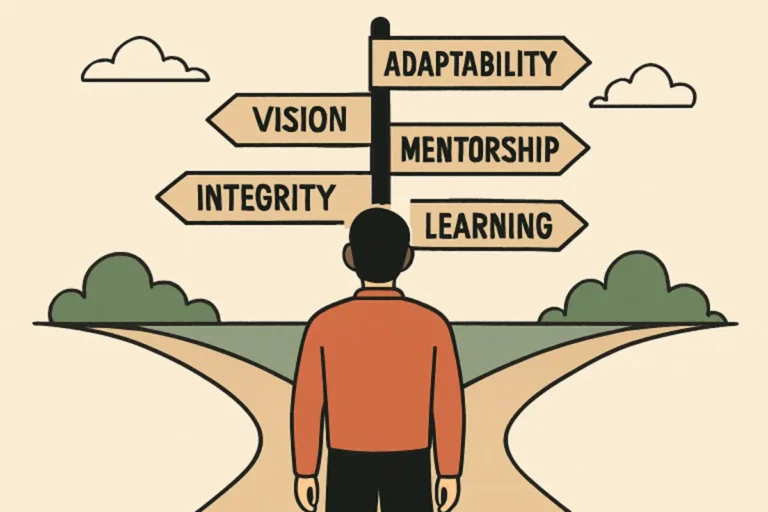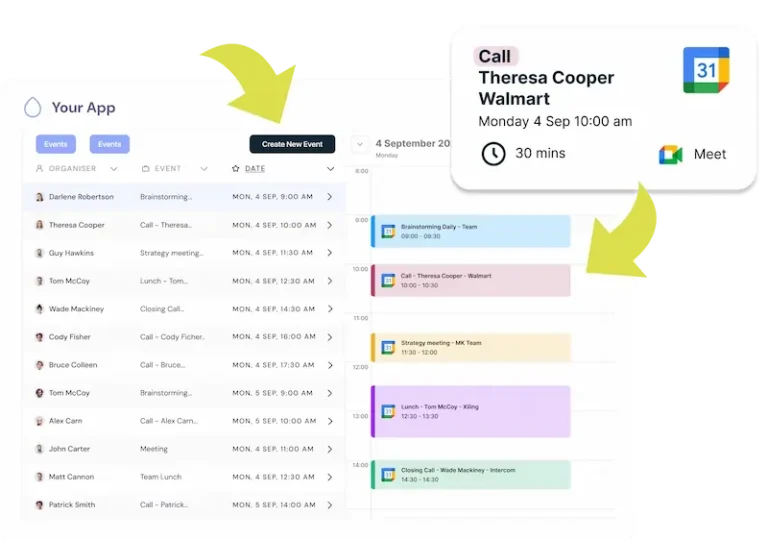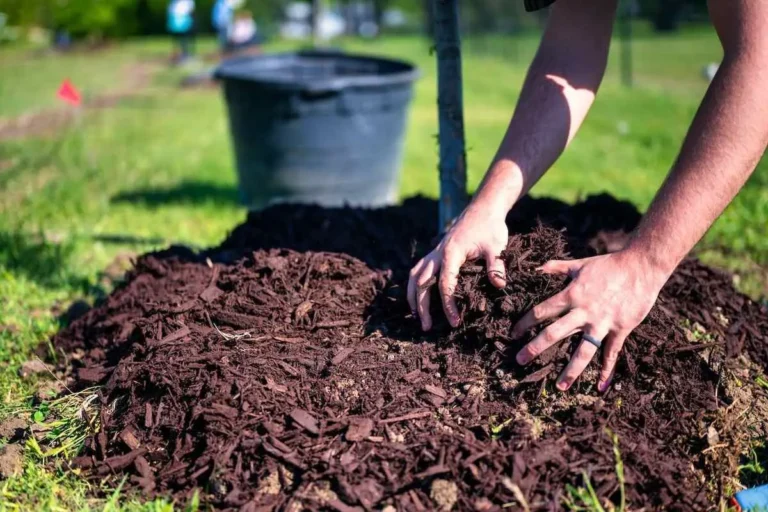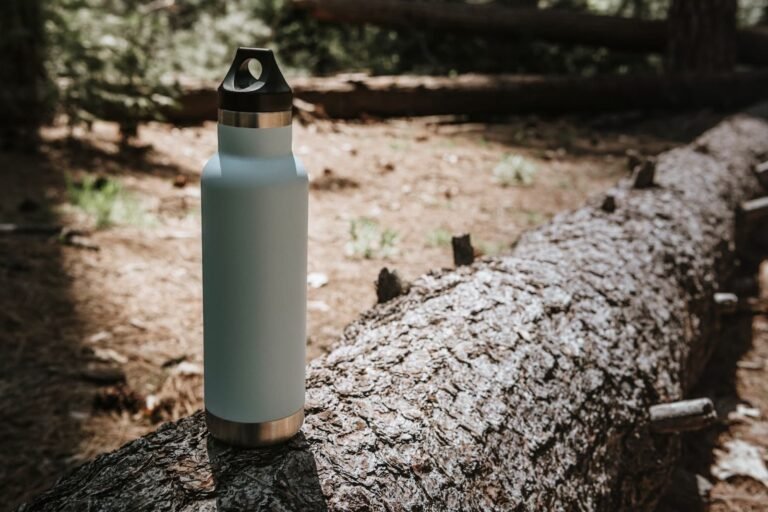How PM Awas Yojana 2026 Helps the EWS & LIG Categories
Affordable housing remains one of India’s critical challenges as millions still live without proper shelter. To address this, the Government of India launched the Pradhan Mantri Awas Yojana (PMAY) in 2015, aiming for “Housing for All” by 2026. The scheme focuses significantly on vulnerable groups, especially the Economically Weaker Sections (EWS) and Low Income Groups (LIG), who face the toughest barriers to owning a home.
As PMAY moves forward in PM Awas Yojana 2026 with enhanced schemes and updated benefits, understanding how it specifically supports EWS and LIG categories is essential. This article explores the various ways PMAY empowers these groups to achieve the dream of owning a permanent, safe, and affordable house.
Who Are EWS and LIG Categories?
Before diving into how PMAY helps, it’s important to understand these two groups:
- Economically Weaker Sections (EWS): Individuals or families with an annual income up to ₹3 lakh. EWS families typically face extreme financial constraints and often live in inadequate or temporary housing.
- Low Income Groups (LIG): Households with an annual income between ₹3 lakh and ₹6 lakh. LIG families earn more than EWS but still struggle to afford standard housing in urban and semi-urban areas.
Both categories form the core target audience of PMAY and require financial and policy support to improve their living conditions.
Why Focus on EWS & LIG?
Housing shortage and unaffordability hit the EWS and LIG segments hardest. Due to their limited incomes, traditional market-driven housing solutions are out of reach. Private real estate is typically expensive, and these groups lack adequate collateral and credit history to secure home loans.
Recognizing this, the government designed PMAY to offer:
- Subsidies on home loans
- Direct financial assistance
- Affordable housing schemes
- Support for self-construction or home improvement
The goal is to enable EWS and LIG families to move from makeshift or slum dwellings to permanent, safe homes.
How Does PM Awas Yojana 2026 Help EWS & LIG?
1. Interest Subsidy Through CLSS (Credit Linked Subsidy Scheme)
The most significant benefit for EWS and LIG categories under PMAY is the CLSS, which provides a subsidy on the interest rates of home loans. This subsidy lowers the effective interest rate, reducing the monthly EMI burden.
- EWS and LIG households get a 6.5% interest subsidy on home loans up to ₹6 lakh.
- This subsidy is available for a tenure of up to 20 years, meaning substantial savings over the life of the loan.
For example, a family borrowing ₹6 lakh at 8% interest can save approximately ₹2.5 lakh in interest payments over the loan tenure with the subsidy.
2. Affordable Housing Projects
PMAY promotes the construction of affordable housing units through partnerships with private developers and state governments. These projects often reserve a certain percentage of houses for EWS and LIG families at subsidized prices.
- These houses meet the minimum carpet area standards—usually up to 30 sqm for EWS and 60 sqm for LIG.
- The government also incentivizes developers to construct these homes by offering faster approvals and subsidies.
This initiative provides EWS and LIG families access to formal housing markets at affordable rates.
3. Direct Financial Assistance for Construction
In rural areas, under PMAY-Gramin (Rural Housing), the government provides direct financial assistance to EWS and LIG families to build or upgrade houses.
- The grant amount typically ranges between ₹1.2 lakh to ₹1.5 lakh per house.
- Funds are disbursed in installments based on construction progress.
- This enables families owning land but lacking financial resources to construct pucca houses.
4. Beneficiary-Led Individual House Construction
PMAY encourages a beneficiary-led approach, meaning eligible individuals receive subsidies or assistance to build or enhance their homes themselves, rather than relying solely on government-built projects.
- This flexibility empowers EWS and LIG families to customize homes as per their needs.
- They can avail technical assistance, materials support, and financing under the scheme.
5. Priority to Women and Vulnerable Groups
PMAY places special emphasis on empowering women, single-parent families, differently-abled individuals, and scheduled caste/scheduled tribe households within the EWS and LIG categories.
- The scheme mandates female ownership or co-ownership of the house.
- This policy not only encourages gender equality but also strengthens the social and financial security of women.
6. Ease of Application and Documentation
The government has simplified the application process, especially for EWS and LIG applicants, through:
- Common Service Centers (CSCs) at village and urban ward levels.
- Online portals where applicants can check eligibility and apply.
- Assistance with documentation and status tracking.
- Collaboration with banks and housing finance companies to facilitate loans and subsidies.
Impact of PM Awas Yojana on EWS & LIG: A Look at the Numbers
Since its inception, PMAY has delivered impressive results:
- Over 1.3 crore houses sanctioned under PMAY-Urban, many for EWS and LIG.
- Nearly 3 crore houses constructed in rural areas under PMAY-Gramin.
- Interest subsidy disbursement has helped reduce the financial burden on millions.
These efforts have dramatically improved the quality of life, health, and social stability for economically weaker families.
Challenges and Areas for Improvement
Despite significant progress, some challenges remain:
- Awareness Gap: Many eligible EWS and LIG families are still unaware of the scheme or the application process.
- Documentation Issues: Lack of proper ID proofs or land ownership documents hinders access.
- Limited Supply in High-Demand Areas: Affordable housing stock is insufficient in metropolitan cities where housing costs are steep.
- Implementation Delays: Delays in fund disbursement and project completion can slow benefits.
Addressing these challenges will be crucial to fully realize PMAY’s objectives by 2026.
How EWS & LIG Families Can Maximize Benefits from PMAY 2026
- Verify Eligibility: Check income limits and housing status carefully.
- Apply Early: Since subsidies are limited and given on a first-come basis.
- Use Government Portals and CSCs: For authentic application and assistance.
- Opt for CLSS: When taking home loans, always check if the bank offers CLSS benefits.
- Engage Women in Ownership: Ensure female ownership to comply with guidelines and avail benefits.
- Stay Informed: Follow updates on PMAY from official sources.
Conclusion
The Pradhan Mantri Awas Yojana 2026 is a beacon of hope for EWS and LIG families across India, offering a structured, supportive path to homeownership. Through interest subsidies, affordable housing projects, direct financial aid, and focused empowerment measures, the scheme bridges the gap between aspiration and affordability.
While challenges remain, PMAY’s targeted benefits ensure that millions of economically weaker households have a stronger chance to live with dignity in a permanent home. For EWS and LIG families aspiring to own a house, PMAY 2026 is not just a scheme—it’s a life-changing opportunity.
Read more: Home Security in California: Simple Steps for a Safer Home – Names Spark
Guide to Boat Storage Dallas Tx
91 Club: The Ultimate Mobile Gaming Destination






